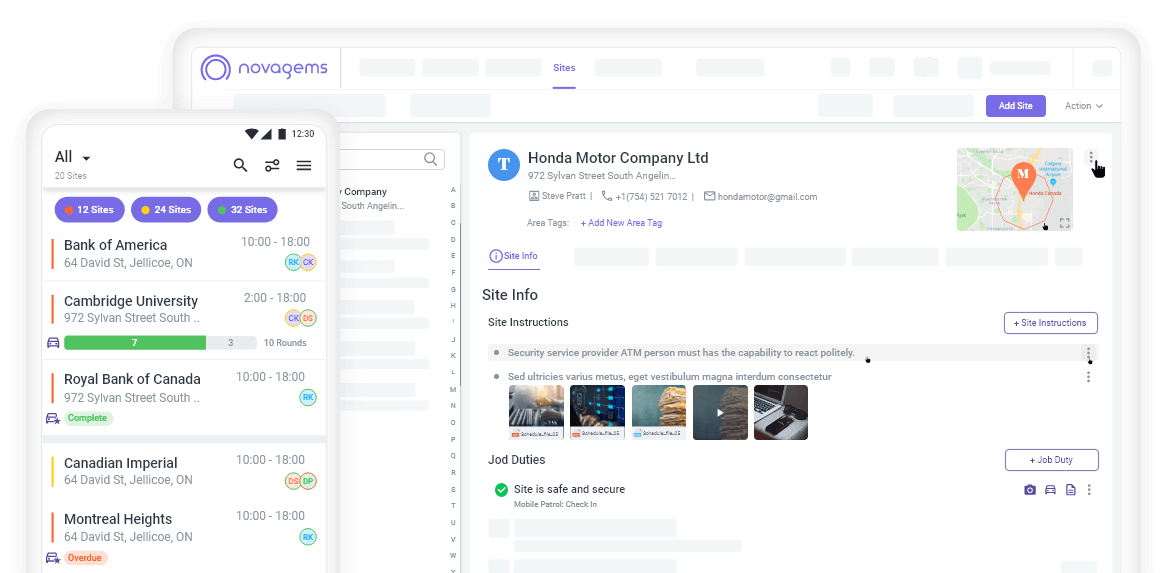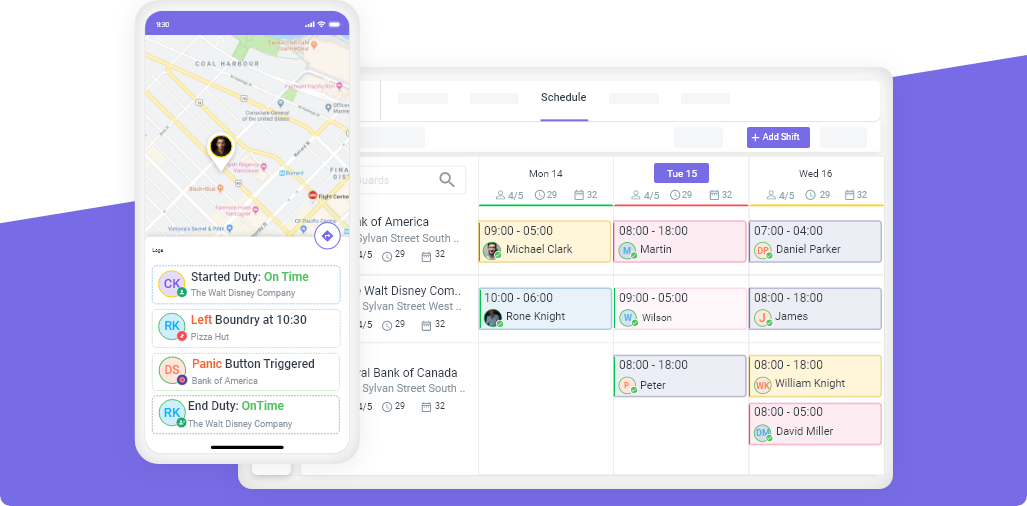Overlooked Issues Draining Your Cash Flow (And How to Stop Them)
Wed, Jul 23, 2025
Read in 6 minutes
Many businesses suffer from poor cash flow, but the real culprits are often hidden. Discover the most overlooked cash flow issues and how to patch them before it’s too late.

Key Takeaways
- Cash flow issues can silently develop even in profitable businesses due to poor financial habits and overlooked expenses.
- The most common hidden cash flow drains include underpricing, delayed payments, high operating costs, and poor forecasting.
- Monitoring your cash flow weekly and revisiting your business plan regularly can help prevent financial instability.
- This blog outlines the top 10 hidden expenses in business that often go unnoticed—and how you can proactively fix them.
Hidden Costs Affecting Cash Flow
Cash flow is one of the most critical aspects of running a business. Yet, many owners focus so much on profits that they overlook where and how cash is being spent or delayed. 82% of small businesses fail due to poor cash flow management.
These are some hidden cash flow drains that don’t always appear clearly in financial statements:
- Silent subscriptions and unnecessary software tools
- Transaction fees and interest payments
- Employee churn and associated rehiring costs
- Holding too much unused inventory
- Utility costs in underutilized spaces
- Marketing spend with unclear ROI
While each might seem small, they accumulate over time. Recognizing and eliminating these hidden expenses in business is the first step toward improving your cash flow position.
Top 10 Reasons for Drained Cash Flow
1. Underpricing
Many businesses underestimate their value or keep prices low to compete. While this may bring in customers, it erodes margins and leads to slow or negative cash flow over time. When pricing doesn’t cover both direct and indirect costs, it becomes impossible to scale.
Solution: Reevaluate your pricing model every quarter. Make sure your rates reflect your actual expenses, desired profit margin, and market demand. Build pricing into your business plan as a revenue strategy, not just a sales tactic.
2. Not Monitoring Cash Flow Regularly
A business may show positive profits but still struggle with cash in the bank. This happens when income and expenses are poorly timed, or when expenses increase without an aligned cash inflow.
Solution: Implement a weekly cash flow review. Use dashboards or simple spreadsheets to track upcoming payments, receivables, and balances. Treat cash flow monitoring as a core operational habit, not an afterthought.
3. Overestimating Future Sales
Sales projections are often too optimistic, especially in growth phases or seasonal businesses. Basing hiring, inventory, or marketing on inflated forecasts leads to overcommitting cash before it exists.
Solution: Always prepare for the conservative scenario. Use three projections in your business plan: worst-case, most likely, and best-case. Align your expenditures with real, not expected, revenue.
4. Waiting on Outstanding Invoices
Delayed payments from customers can paralyze your operations. Even when sales are strong, cash flow gets disrupted when receivables are unpaid for long periods.
Solution: Review accounts receivable weekly. Introduce clear payment terms (15 or 30 days max), send automatic reminders, and consider charging interest on late payments. If delays are common, consider invoice factoring or partial prepayments.
5. Lack of Cash Reserves
Unexpected situations like equipment failure, client loss, or economic downturns can instantly derail your financial health. 40% of small businesses in the U.S. have less than 3 weeks of cash reserves, according to JPMorgan Chase. Without a buffer, these situations force businesses into short-term loans or cutbacks.
Solution: Build a reserve fund that can cover two to three months of essential expenses. Make this a non-negotiable part of your financial strategy. Allocate a fixed percentage of monthly profits to this fund until it’s built.
6. Uncontrolled Business Growth
Rapid scaling—whether through expansion, hiring, or launching new offerings—often demands more capital than anticipated. When cash flow doesn’t match the speed of growth, businesses face liquidity challenges.
Solution: Scale in phases. For each new initiative, create a cash flow model to predict additional costs and the expected revenue timeline. Only move forward when your current cash position supports the next step.
7. High Operating Costs
Recurring expenses like rent, insurance, software, and administrative costs can gradually increase without anyone noticing. Left unchecked, they eat into cash flow, especially in slower months.
Solution: Conduct quarterly expense reviews. Cancel or downgrade unused tools and subscriptions. Negotiate rates with suppliers or consider switching providers. Small savings across multiple areas can significantly improve cash flow.
8. Over-investment
Investing in new technology, office upgrades, or bulk inventory purchases without proven ROI can tie up cash unnecessarily. Many businesses make these decisions based on assumptions or emotions. Retailers lose $1.75 trillion annually due to poor inventory planning, either from overstocking or out-of-stock items (IHL Group).
Solution: Before spending large amounts, assess how directly the investment supports current goals. Use pilot programs or testing before full deployment. Budget for investments within your broader business plan and cash flow forecast.
9. Poor Inventory Management
Storing more stock than necessary not only blocks cash but also adds storage, insurance, and potential write-off costs. On the flip side, understocking may lead to lost sales and frustrated customers.
Solution: Use inventory tracking software to monitor turnover rates. Implement just-in-time inventory systems if possible. Match purchases with forecasted demand to keep inventory aligned with actual sales trends.
10. Inaccurate Forecasting or Bookkeeping
When financial records are outdated, decisions are made based on assumptions instead of facts. This leads to overspending, missed opportunities, or unnoticed leaks in the business.
Solution: Set up a routine to update your books weekly or bi-weekly. Automate data entry where possible. Work with a part-time bookkeeper or use accounting software to keep records clean and current. Forecast your cash flow quarterly and match it with your business plan.
Improve Cash Flow with Smarter Planning
Improving your cash flow isn’t about massive overhauls; it’s about building better habits into your day-to-day operations. Below are some planning techniques to help you get ahead of future issues.
Set a Weekly Cash Flow Review
Every week, dedicate time to reviewing your upcoming income and expenses. This short meeting or analysis gives you a clearer view of what’s coming and what needs adjustment.
- Look at scheduled payments, pending invoices, and upcoming bills.
- Flag potential shortfalls or excess cash.
- Make decisions based on real-time cash position, not just projections.
Adjust Your Business Plan Quarterly
As your market, customers, or cost structures shift, your business plan should evolve too. Tying your financial plan closely to your operational activities ensures realistic cash flow expectations.
- Align marketing budgets and hiring with current revenue.
- Plan for seasonality and slow months.
- Reassess targets, pricing, and investment timelines.
Maintain a 90-Day Cash Buffer
Aim to have enough available cash to run your business for 90 days without incoming revenue. This ensures that any disruptions, client delays, emergencies, or market dips don’t impact your ability to operate.
- Allocate a portion of revenue to the reserve fund monthly.
- Avoid tapping into the fund unless absolutely necessary.
Use Financial Tools to Simplify Tracking
Manual bookkeeping can get messy quickly. Use tools like QuickBooks, Xero, or even Excel templates to automate parts of your cash flow management. Many of these tools offer predictive dashboards to help forecast shortfalls.
Final Thoughts
Most businesses don’t run out of money; they run into cash flow problems due to avoidable, overlooked issues. It’s not one big expense that breaks the system; it’s the accumulation of small, hidden expenses in business that go unnoticed.
By treating cash flow as a core part of your daily operations, and not just a side concern, you can take back control. Small adjustments in how you price, invest, collect payments, and plan can drastically improve your financial health.
Start by identifying your current hidden cash flow drains. Then, gradually implement the fixes above to build a more resilient and cash-smart business.
Get a Free Trial
Sign up For Newsletter
Latest Blog Posts
Get Started
Start being productive & grow your business
with Novagems





